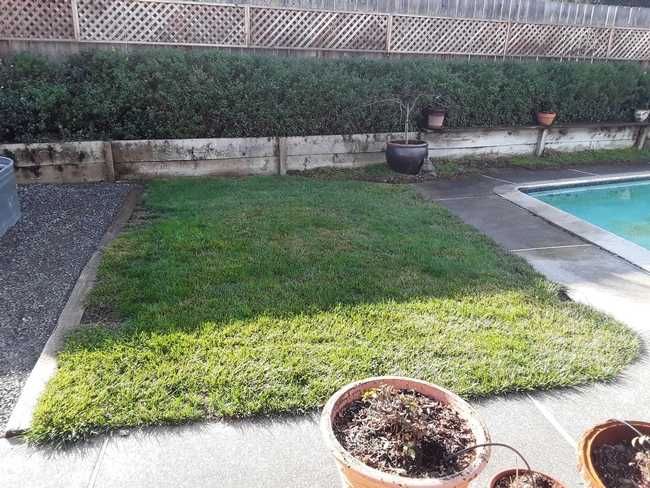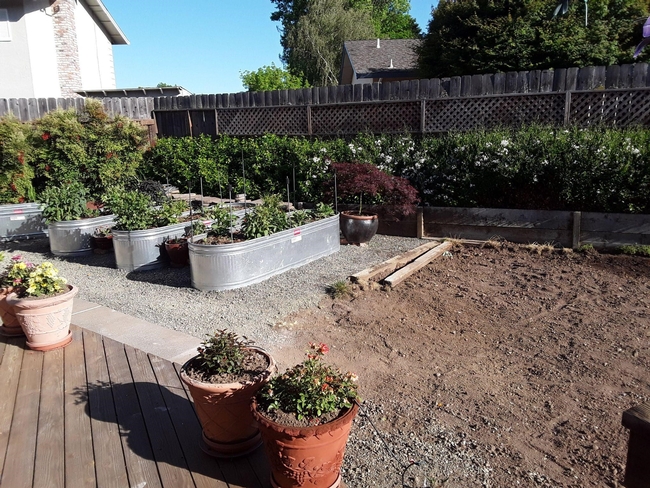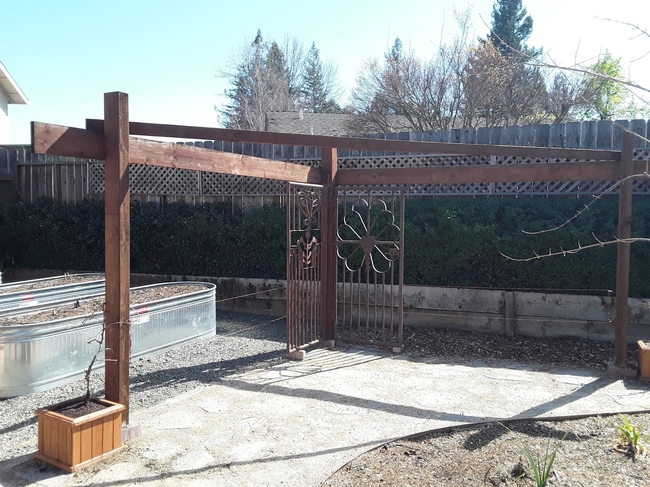by Melody Kendall

The perks of removing turf grass are many. You can create a healthier ecosystem and improve your soil's health. Turf grass not only uses more water than other landscape plants and requires frequent maintenance. Maintenance of turf grass includes gas operated mowers, edgers, blowers, etc. According to the U.S. Environmental Protection Agency (EPA), one hour operating a new gasoline lawn mower emits the same amount of volatile organic compounds and nitrogen oxide driving a new car 45 miles. Garden equipment engines produce up to 5% of the nation's air pollution and the noise level of using these tools has also been an issue in some areas. Removing the lawn results in lower water bills and less time spent on upkeep.

The City of Napa offers a ‘Cash for Grass' program with lawn removal instructions and incentives. Check your city's website for similar options in your area. The internet also offers multiple instructions on ways to remove your turf grass and information on replacement landscape options and designs.
Anytime is a good time to remove your lawn. Before making your final removal selection you must consider what type of grass you have, size of the removal project, how fast you want the turn around or completion of the project, how much labor, time and money you'd like to spend and what to do with the area after the turf grass is gone. Also, keep in mind that sometimes turf grass is hard to kill. The removal process might require repeated removal efforts.
Determining the type of turf grass that you have will help narrow down your best removal method. This link will help you decide what variety or varieties of turf grass and weeds you have: Lawn type. Use this information to help narrow down your removal method selection. Some examples follow:
Sheet mulching or lasagna composting: Kills the lawn by covering the grass and cutting off the sunlight. Successive layers are applied that allow water to percolate through. Layers then decompose over time leaving vibrant healthy soil behind. No heavy equipment or chemicals are needed for this method and any water runoff will not pollute waste water, streams or rivers. This method requires physical labor and various materials, but can be done in sections. Sheet mulching works for all types of lawns but, once applied, it does take time (1-3 months) to completely kill the lawn and create healthy soil. This method works well in removing all types of lawns. Never use plastic for sheet mulching.

Sod removal: For quick results, use a square shovel, a kick sod remover or gas powered sod removal equipment. This is the most labor intensive but the fastest method. Though sod removal provides instant gratification, all three options are good candidates for hiring professionals because of hard physical labor. The use of any gas powered machinery should be well considered because of the environmental impact of the emissions. The sod removal method works best on green in winter lawns. For the brown in winter and patchy lawns with lots of weed roots this method isn't as effective. Also, for areas with tree roots this method shouldn't be used because of the possibility of hitting tree roots. Cut the brown in winter and patchy lawns when they are actively growing so that you can curtail any regrowth before winter dormancy. One of the positive outcomes of this method is that the long strips of sod can be turned over on site to let them compost in place (the composting will take 5-6 months) or use the strips as a support layer to create design features such as berms or mounds.
Herbicide: Herbicides are a type of pesticide used to kill plants. There are two kinds of Herbicide. A pre-emergent is designed to kill the plant as the seed germinates and a post-emergent kills existing plants. Herbicides work for green in winter lawns that are growing, but not drought stressed. It also works on brown in winter and patchy lawns but only when they are actively growing in warmer temperatures. Start in spring through early fall when the grass to be killed is actively growing. Before using any herbicide always do your research to find information about any danger to family and pets along with environmental concerns. The possibility of runoff from treated areas polluting waste water, streams or rivers is a concern.
These are four of the many available options to homeowners when considering the removal of their turf grass. Always do research before starting any gardening project to avoid delays, wasted effort and environmental concerns.
Napa Master Gardeners are available to answer garden questions by email: mastergardeners@countyofnapa.org. or phone at 707-253-4143. Volunteers will get back to you after they research answers to your questions.
Visit our website: napamg.ucanr.edu to find answers to all of your horticultural questions.
Photo credits: Mel Kendall
Information links: UC ANR-lawn removal methods https://ucanr.edu/sites/sacmg/files/215045.pdf
City of Napa-Cash for Grass program https://www.cityofnapa.org/DocumentCenter/View/1320/Cash-for-Grass-Program-Terms-and-Conditions-PDF?bidId=